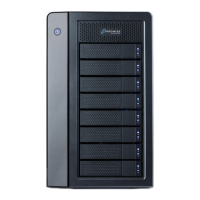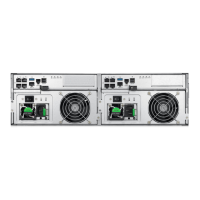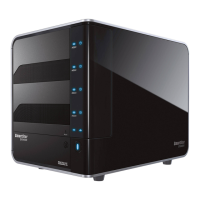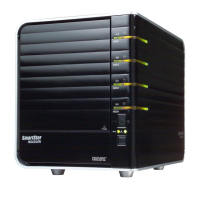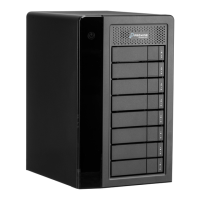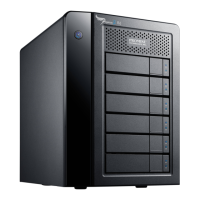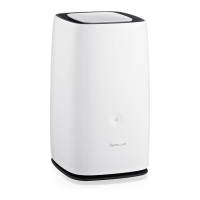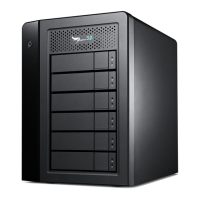VTrak E-Class Product Manual
292
Automatic is the default and preferred setting because it will balance the logical
drive assignments for you.
When you create a logical drive using the Automatic or Express disk array
creation, the logical drives are assigned alternatively between Controllers 1 and 2
automatically.
See “Creating a Disk Array – Automatic” on page 140 or page 190
“Creating a Disk Array – Express” on page 140 or page 191
“Creating a Disk Array – Advanced” on page 142 or page 192
Logical Drive Settings
After you have created a logical drive, you can click the Settings tab and
manually change the Preferred Controller ID between Controller 1 and Controller
2. See “Making Logical Drive Settings” on page 154 or page 205.
If you create logical drives with LUN Affinity disabled, the Preferred Controller ID
will show N/A, and your logical drives will be visible to both controllers.
If you create logical drives with LUN Affinity disabled, and later you enable LUN
Affinity, all of your logical drives will be assigned to Controller 1. To balance the
load, you can reassign some of your logical drives to Controller 2 under the
Preferred Controller ID in the Settings tab. See “Making Logical Drive Settings”
on page 154 or page 205.
When you a delete a logical drive, the remaining logical drives keep the same
Controller assignments. If you want to rebalance controller assignments of the
remaining logical drives, change their Preferred Controller IDs in the Settings tab.
Failover and Failback
When one controller fails, the surviving controller takes over logical drive access
until the failed controller is brought back online or is replaced. For example, LUN
Affinity is enabled and your logical drives are assigned to Controller 1. The
following actions will happen:
• If Controller 1 goes offline, Controller 2 takes over access to the logical
drives assigned to Controller 1.
• If Controller 1 comes back online, Controller 1 takes back access to the
logical drives assigned to it.
• If Controller 1 is replaced, the new controller takes over access to the logical
drives assigned to Controller 1.
• All logical drives assigned to Controller 2 remain accessible by Controller 2.
Controller 1 cannot access them at any time.
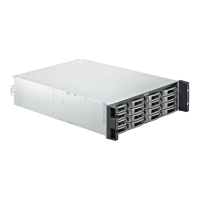
